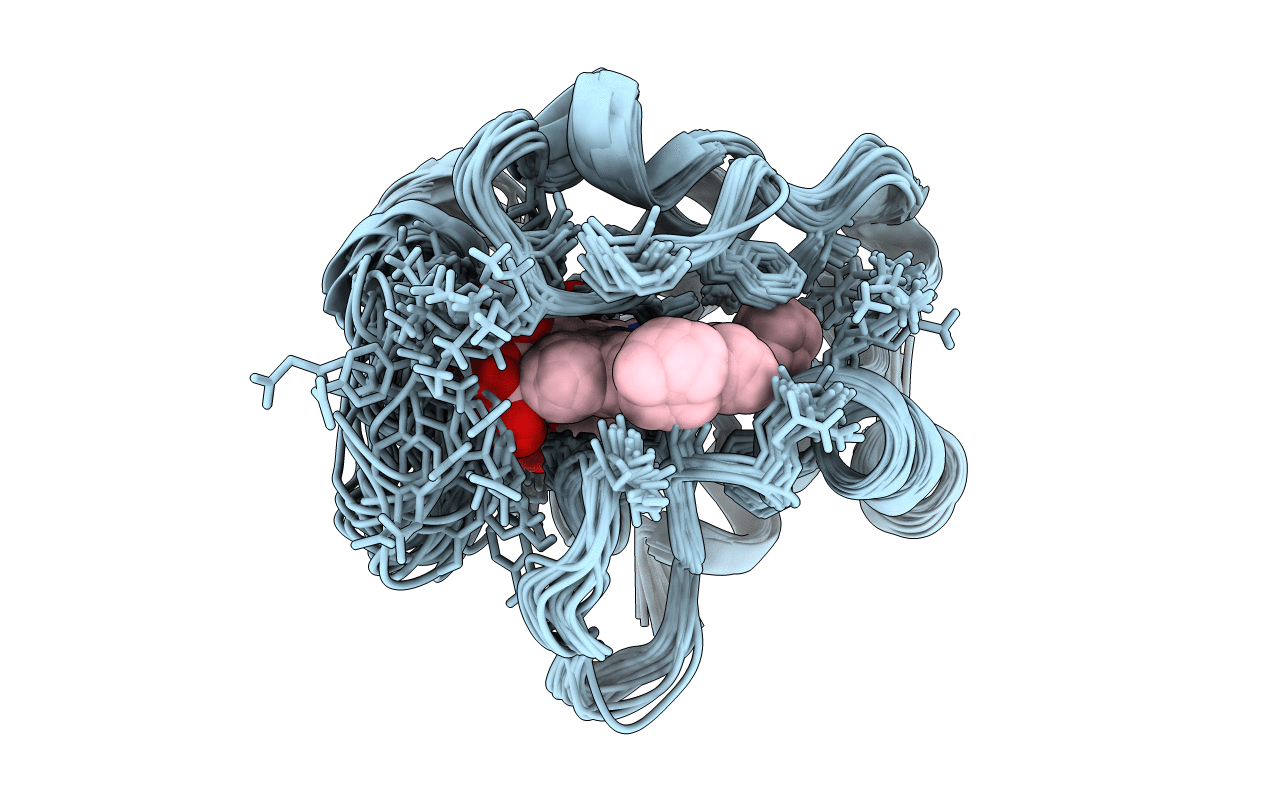
Deposition Date
2015-06-15
Release Date
2016-12-14
Last Version Date
2024-10-30
Entry Detail
PDB ID:
2N3Y
Keywords:
Title:
NMR structure of the Y48pCMF variant of human cytochrome c in its reduced state
Biological Source:
Source Organism:
Homo sapiens (Taxon ID: 9606)
Host Organism:
Method Details:
Experimental Method:
Conformers Calculated:
200
Conformers Submitted:
20
Selection Criteria:
target function


